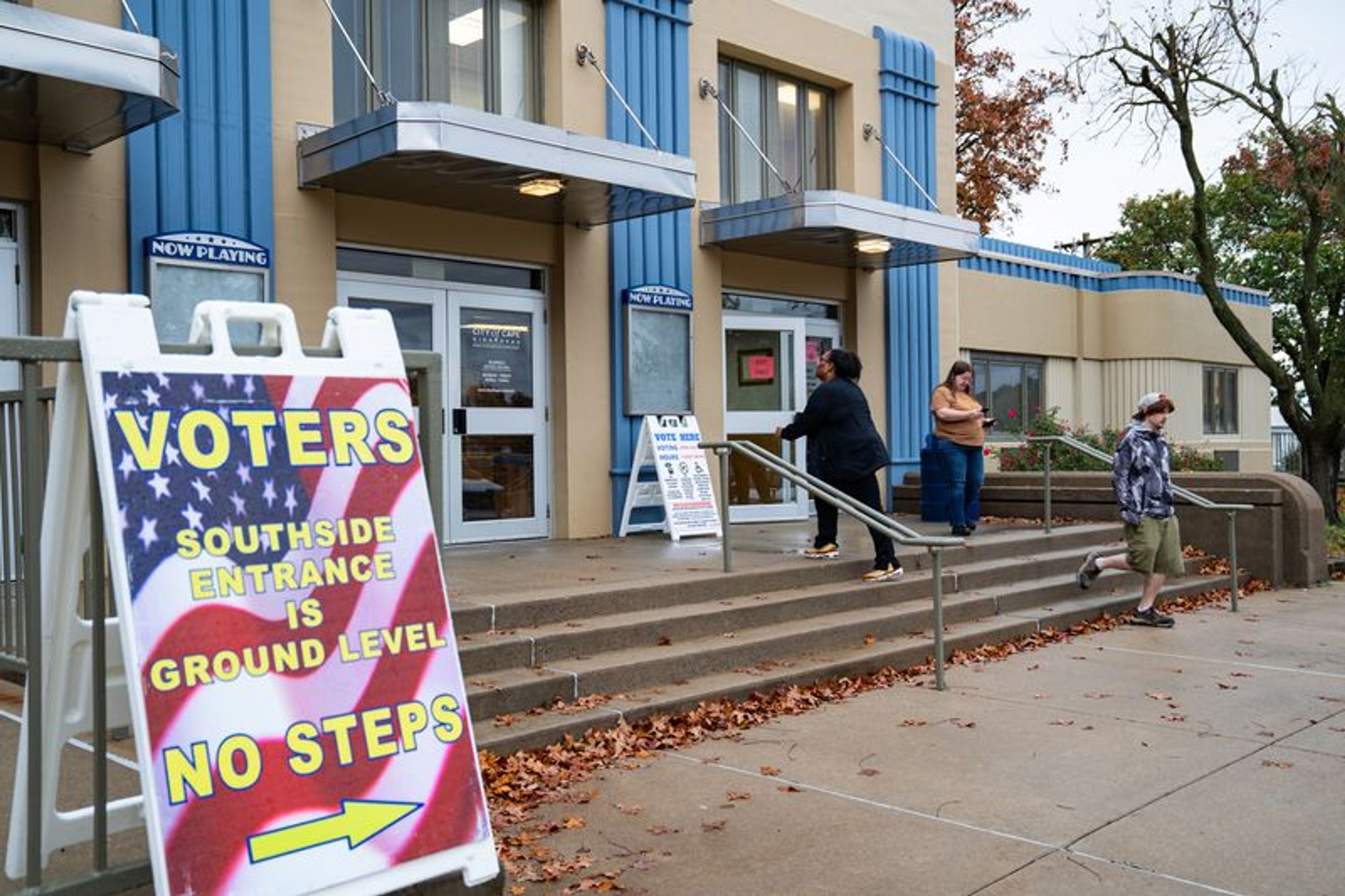MISSOURI WATCH: LONGER PRISON TERMS ARE THE WRONG PREVENTION ANSWER
Governments, like the individuals they serve, make mistakes, sometimes monumental ones. Unlike the judgment errors we citizens make, governments often escape the penalties, passing them on to the next set of officials who must try to remedy them. The history of Missouri government has been marked on occasion by classic mistakes, some of which have lingered to haunt future generations for decades. ...
Governments, like the individuals they serve, make mistakes, sometimes monumental ones. Unlike the judgment errors we citizens make, governments often escape the penalties, passing them on to the next set of officials who must try to remedy them. The history of Missouri government has been marked on occasion by classic mistakes, some of which have lingered to haunt future generations for decades. A classic example was the failure of state government, following the Supreme Court ruling against segregated schools, to correct immediately the state's constitutionally mandated racial division in local districts. That failure has cost this generation at least $2.5 billion, with additional expenditures still in the wings.
If that were the only judgment error, we might conclude that a one-time mistake, even one costing more than $2 billion, was a rarity. But like individuals, governments are susceptible to the charge that easy solutions beget difficult problems. Today's dilemmas can be counted on for a return performance.
I happen to believe that Missouri is now in the process of providing the wrong answer to a very serious problem that, despite more optimistic predictions (dare we call it wishful thinking?) will only grow worse in the next several years, even as we spend millions of tax dollars for the solution-of-choice by our political leaders in the state Capitol. That problem happens to be the current solution being offered by the Carnahan administration, along with virtually every member of the General Assembly, to correct Missouri's current crisis of public order and mounting crime rates in not only our metropolitan areas but, more and more in remote outstate regions.
There is barely a politician alive who has not pointed out the well-documented fact that this state has a serious crime problem, existing at the moment in largely metropolitan inner-city neighborhoods. Missouri's crime rate is not only serious, it is the most serious problem we face today. If Missourians cannot be assured of their personal safety, wherever they travel, then nothing else facing us at the moment is more important.
The solutions we have been given to date simply do not square with the problem that we face---and, more importantly---with the increasing problem we will face for the remainder of this decade and well into the next one. The solutions have seemed relatively simple: too many criminals are not serving enough time in prison and too many, upon release, are returning to a life of crime in their former neighborhoods. At this point, the solution seems logical and reasonable: we enact laws that will make sentences longer and we confine these criminals behind bars as long as possible.
To enact this solution, of course, we must accommodate the longer sentences by building more prisons. And we're doing that, in spades. The state is currently spending more than a quarter a billion dollars on new and expanded prisons, even as it solves the problem temporarily by housing patients in tents on prison grounds. When the current building activity is completed, we will be able to accommodate three times the number of prisoners the state kept behind bars in the Ashcroft administration.
Before we jump up and down to applaud this "obvious" solution, we need to remember a couple of things that seem to have been overlooked in Jefferson City.
The first is that, despite the flurry of new prison construction, we will still face a space crisis if the present rate of newly admitted prisoners maintains its latest rate.
Obviously, our answer in 1997 or 1998 will be the same one we were given in the first part of this decade: build more prison cells.
The second problem is that there is a great deal of evidence that, despite the current alarming rate of violent crime, the situation in the next decade will become even worse. The Federal Bureau of Investigation has already concluded that America's crime rate, despite the slight interruption of a rapid homicide total, will increase even more rapidly in the future than it has in the past. The FBI offers considerable evidence to back up its claim. In absolute numbers, the teen-age and young adult population, aged 15 to 24, stagnated or actually declined over the past decade. But crime has been rising because this smaller population has grown disproportionately more violent. Now it is about to get larger in size. From 1965 to 1985, the national homicide rate tracked almost exactly the proportion of the population aged 18 to 24. By the year 2005, the population aged 14 to 17 will increase by a remarkable 23 percent, a figure which has already brought predictions of a homicide rate that is twice what it is today.
The FBI believes, and the agency's figures are sufficient to convince reasonable citizens, that we will soon be engulfed in a bona fide epidemic of teen-age crime.
If the bureau is correct, and so far no one has offered contrary evidence, then Missouri will have a prison population far in excess of even the most pessimistic estimates given today. We will be building not a quarter of a billion dollars worth of new prison cells but a half billion or more, just to keep pace with a growing conviction rate that comes with increased crime on our streets.
If taxpayers thought we were paying exorbitant sums for the desegregation mistake in the 1950s, then they haven't seen anything yet. If the only answer Missouri provides for the current crisis in our state is longer sentences and more prisons, then we will end up paying far more than the multi billion-dollar integration "solution."
To make matters even more serious, even as we house more and more criminals, our streets and neighborhoods will be even more dangerous than they are today. Our "solutions" will not stop crime, only dent it with decreasing efficiency.
The answer is to treat crime as the most important crisis in Missouri and allocate as much money as we can find to doubling the number of police we deploy on the streets. The only real deterrent to crime is a sufficient number of law enforcement officers on the sidewalks of our communities. Only the resources of the state can assure this, and we who are at risk must demand the use of our tax dollars to protect our lives.
~Jack Stapleton of Kennett is the editor of the Missouri News and Editorial Service.
Connect with the Southeast Missourian Newsroom:
For corrections to this story or other insights for the editor, click here. To submit a letter to the editor, click here. To learn about the Southeast Missourian’s AI Policy, click here.








